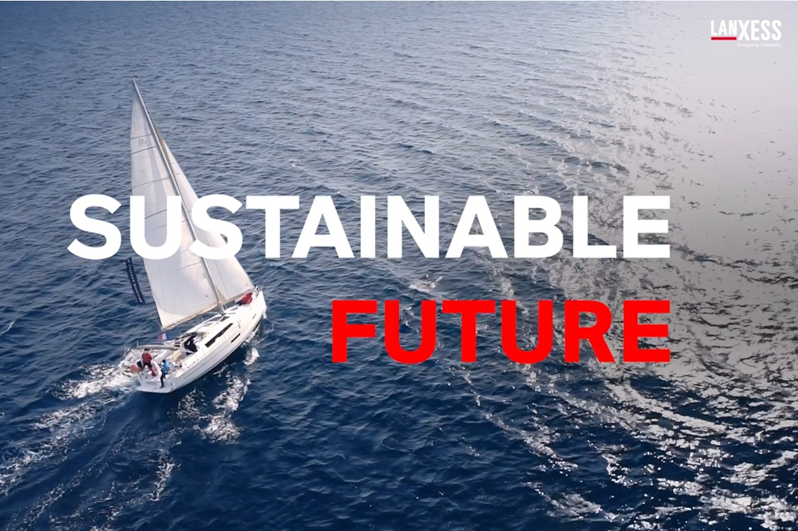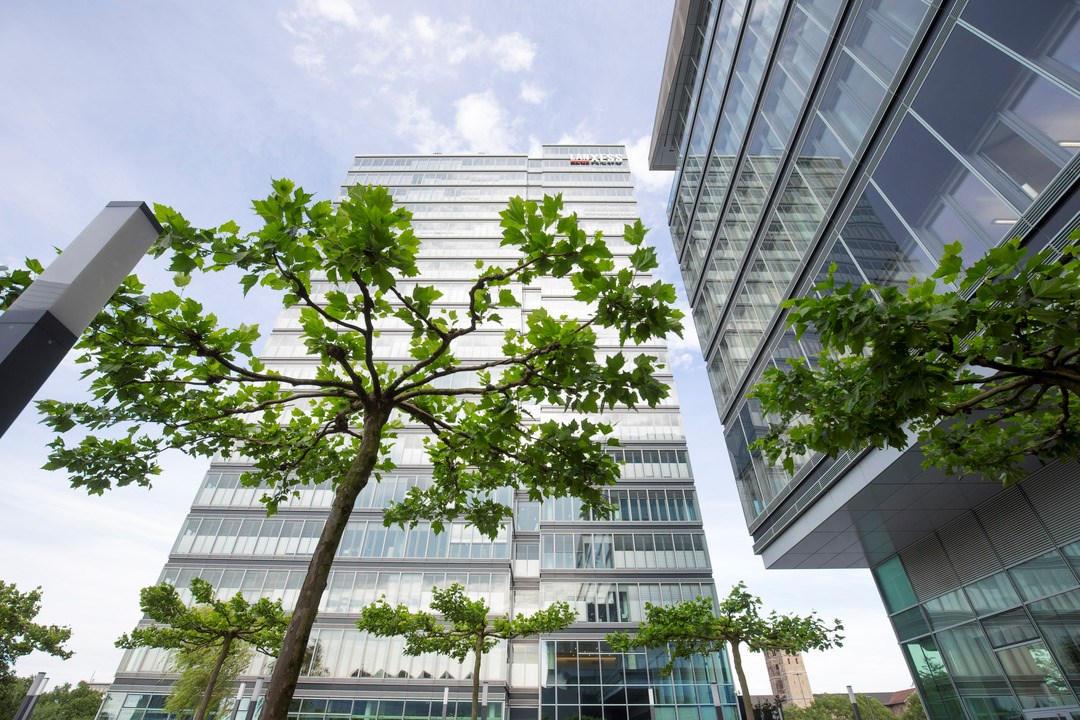Digitalization:
a game changer for the climate
Digitalization experts may not be waving pro-climate banners on too many street corners, but they often play a crucial role in making production processes carbon-neutral. They analyze bits and bytes and develop smart analytical tools and other software in their pursuit of an all-consuming goal in production: optimized systems that generate the largest possible output with the smallest possible amount of energy and resources. That makes them the real Gretas: Innovative technologies that often cannot even be developed without the new knowledge generated by digitalized systems have opened up entirely new frontiers in industrial climate protection. Digitalization is more than just a tool for achieving climate-neutral production; it could be a complete game changer. It puts everything in the spotlight – and under the microscope: the smallest temperature fluctuation, the tiniest crumb of waste, even the invisible droplet of steam. The analysts put everything on the table, while the engineers and system operators enthusiastically pounce on the new insights – and take action: They modify systems, lower temperatures, and capitalize on new energy sources that emerge. Both sides dovetail perfectly with one another. Sound like science fiction? It’s already happening at LANXESS. “We’re on the right track, but there are still a few hills we have to climb before reaching our goal,” says Jörg Hellwig, Chief Digital Officer.
"We have to leverage this treasure trove of data."
Jörg Hellwig
Chief Digital Officer
Completely digitalizing all the processes is a steep mountain climb, not a Sunday stroll, says Hellwig. “Data by itself is worthless. It doesn’t generate any ideas on its own,” he notes. Much of the data has been collected at LANXESS for decades. “We now have to leverage this treasure trove of data. We can’t exhaust its full potential until we are able to work with all this data and analyze and understand it.” Production systems and supply chains can then be completely re-engineered, opportunities to save (costs and emissions) – as has already been seen – can emerge in the least expected places despite decades of analog work.
Data check cuts greenhouse gases
One innovative example of data at work is the phosphorus plant at LANXESS’s Leverkusen site. It was already extensively automated but not digitalized. It gushed rivers of data. And OSIsoftPI, the company’s internal program, siphoned off the data. Unfortunately, the program merely pooled the data but did not interpret it. Luckily, Dr. Sebastian Recker from Global Technology and Innovation at LANXESS swiftly came up with a solution: He drew on his profound knowledge of GAMS, a modeling language for mathematical optimization problems, to write a program that could interpret the data. But who can understand the language used by sophisticated mathematical software? “Every system operator at our facility,” says plant manager Dr. Peter Karbaum. And that is the great thing about the software: It presents the data in a standard OSIsoft tool, known as PI Vision. It is an established fixture at almost every LANXESS facility worldwide. The software now checks hourly whether the system is running optimally and visualizes the processes on monitoring screens. “We now see things that used to be hidden,” says Karbaum. Once the solution went into operation, the staff soon discovered that some parts of the system were consuming too much steam. That wasted time and energy and hurt the climate. Steam consumption was promptly brought in line with production needs.Now, thanks to digitalization, the facility has saved around 600 kilograms of steam an hour and slashed about 4,000 metric tons from its annual greenhouse gas emissions. Climate protection pays off for the company – quite literally: It currently saves EUR 80,000 to 100,000 a year. Future savings will probably be much higher, believes Karbaum, since the system was running below full capacity for some time due to the COVID-19 pandemic.





